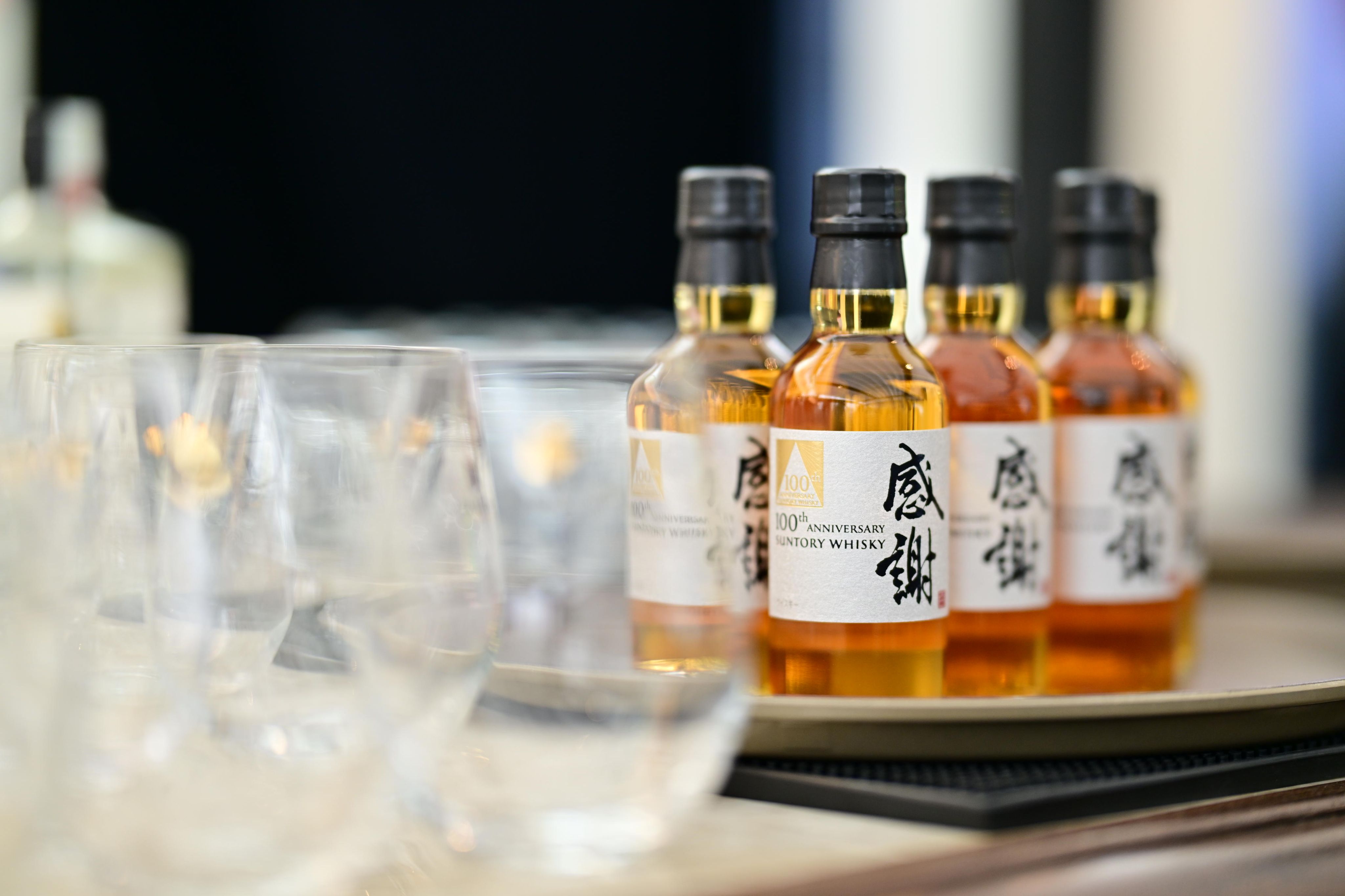In the heart of Japan’s rich whisky-making tradition lies a legacy that has spanned a century. The House of Suntory, renowned for crafting world-class spirits, celebrates its centennial this year, having hosted a grand exhibition in Singapore and a glimpse into the essence of Japanese craftsmanship and culture.

Founded in 1923 with the establishment of the Yamazaki Distillery, the House of Suntory’s journey has been one of unwavering commitment to creating exceptional Japanese whiskies, inspired by the bounties of nature and the ethos of monozukuri.
A Century of Distilling Excellence
The story of the House of Suntory began with a visionary founder, Shinjiro Torii, who dreamt of creating a unique Japanese whisky that would reflect the beauty of the country’s nature and craftsmanship. Today, his grandson, Shingo Torii, carries forward this legacy with unwavering dedication at distilleries spread across Japan.

At the core of the House of Suntory’s success is a deep-rooted commitment to Japanese culture and tradition. Each of their spirits, from the famed Yamazaki and Hakushu to the Chita, Kakubin, Hibiki, Ao, Roku Gin, Sui Gin, and Haku Vodka, is a testament to the Japanese tenets of monozukuri, embracing innovation, artisanal skill, and technical prowess.
The years between 1950 and 1969 are known as “The Boom.” This era witnessed a revolution and modernisation of Japanese bar culture, which Suntory played a significant role in shaping.

This year, to commemorate their centennial, the House of Suntory had opened its doors to whisky enthusiasts and curious visitors alike. “The Legacy Continues: 100 Years of Suntory Whisky Innovation” exhibition, held in July at the ArtScience Museum in Singapore, offered a unique opportunity to delve into the brand’s illustrious history.
Exploring the Essence of Japan
As part of the House of Suntory’s centennial celebration, we had the privilege of experiencing a unique tasting journey through their iconic whiskies – Yamazaki, Hakushu, and Ao. These exceptional Japanese whiskies have long been celebrated for their craftsmanship, quality, and unique flavour profiles.
The Yamazaki Single Malt Whisky is an aroma of fruity notes, with hints of ripe peach, red apples, and a subtle undertone of honey. There’s also a gentle wisp of smoke, reminiscent of a distant campfire.

On the palate, Yamazaki presents a delightful complexity. The fruitiness continues, with flavours of apricots and plums joining the ensemble. A touch of vanilla and caramel adds a sweet and creamy dimension, while oak and a subtle nuttiness contribute depth. The finish is long and satisfying, with the fruitiness giving way to a gentle spiciness, leaving a warm and lingering sensation.

The Hakushu Single Malt Whisky presents itself as a pale gold colour in the glass, while on the nose is a delightful blend of fresh, green notes — think aromas of freshly-cut grass, cucumber, and green apples dominate, accompanied by a gentle hint of mint.
The palate mirrors the nose’s green character, with a burst of vibrant, crisp flavours. Green fruits, like pears and kiwi, take center stage, complemented by a subtle herbal quality. The whisky is exceptionally smooth and refreshing. Hakushu’s finish is clean and invigorating, leaving a crisp, cooling sensation that lingers on the palate.

The Ao Japanese Blended Whisky is a bouquet of complexity. Initial whiffs reveal vanilla and toffee, followed by a medley of dried fruits, including raisins and apricots. There’s a subtle earthiness and a whisper of sea breeze, reminiscent of the whisky’s coastal influences.

The palate is a harmonious blend of sweet and savoury. Notes of caramel, dark chocolate, and dried fruits provide a rich and satisfying sweetness, while a hint of brine and oak add depth and balance. Ao’s finish is long and evolving, with the sweet and savoury elements playing a delightful tug-of-war on the taste buds. It ends with a final flourish of dark chocolate and a gentle touch of spice.